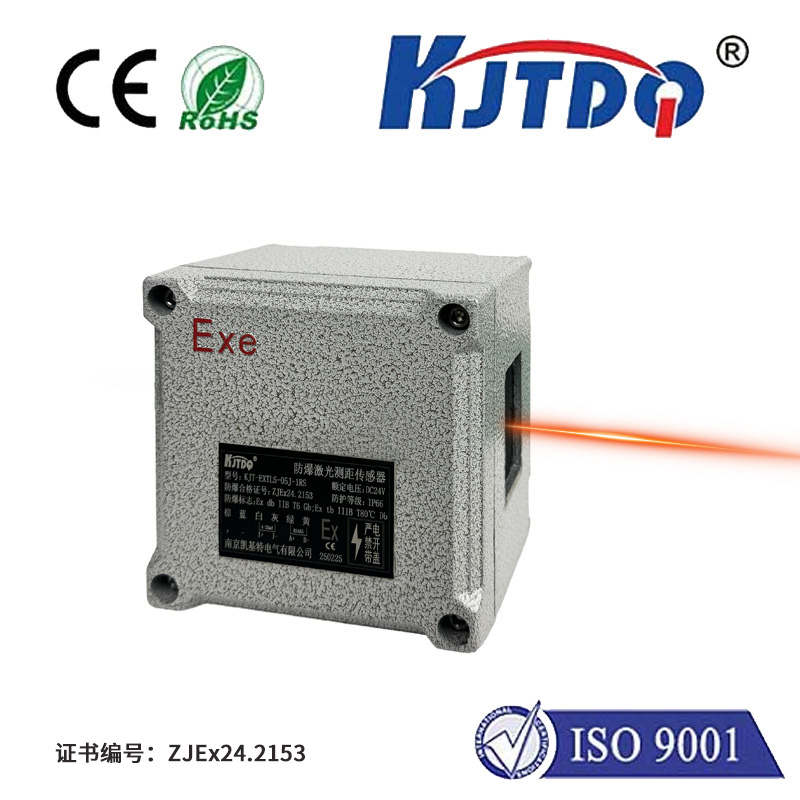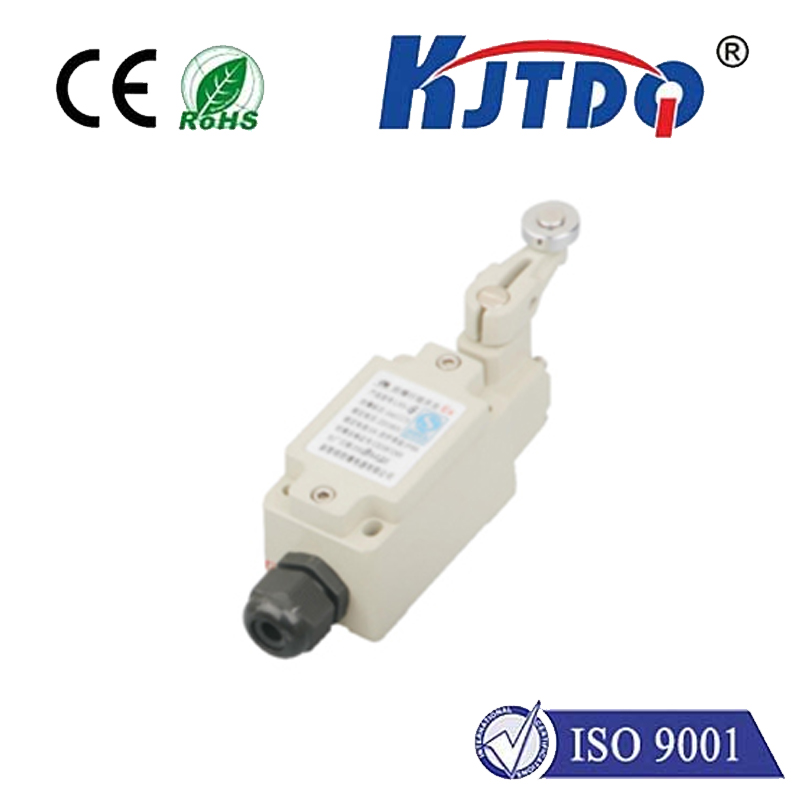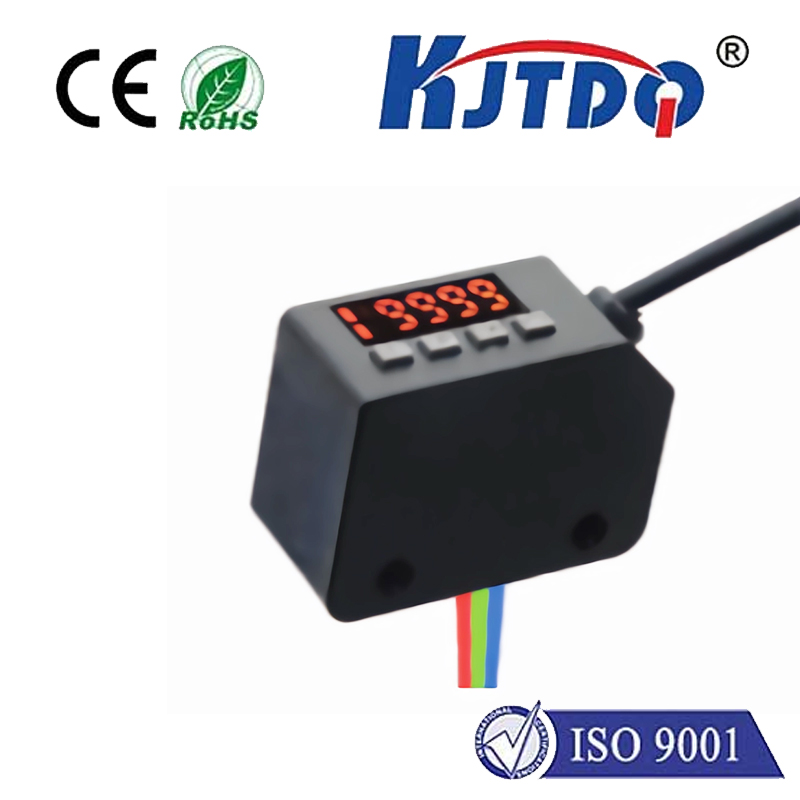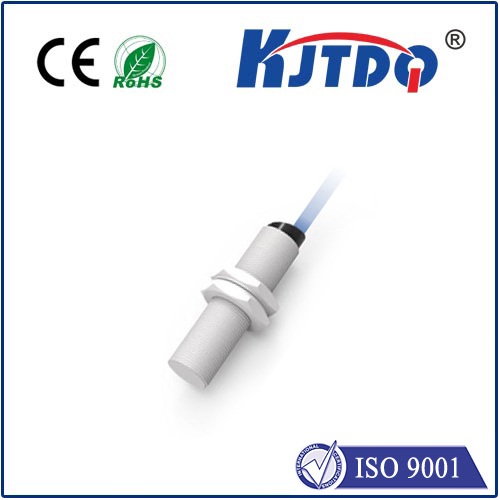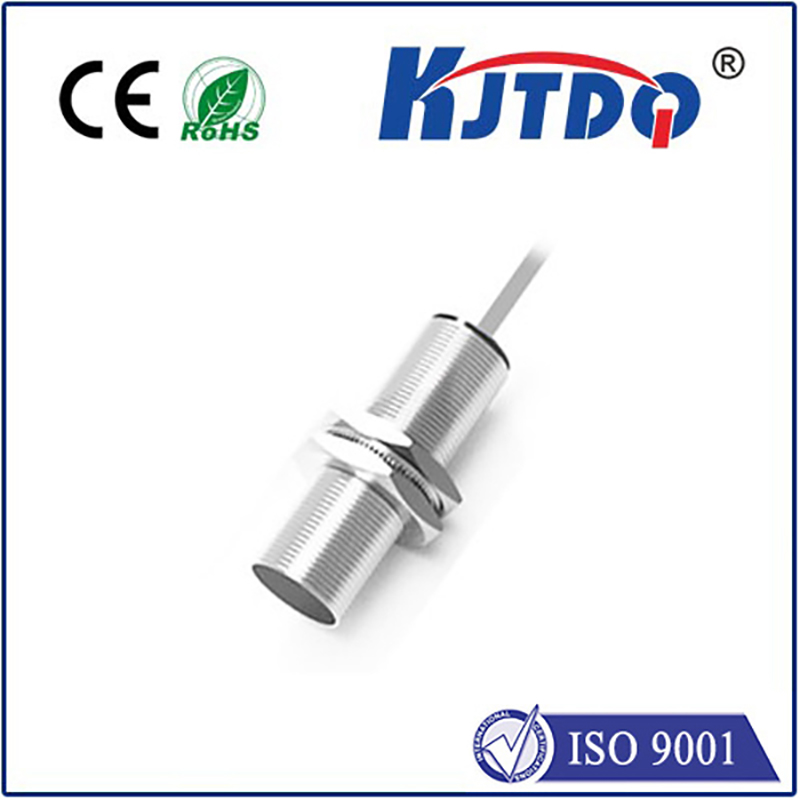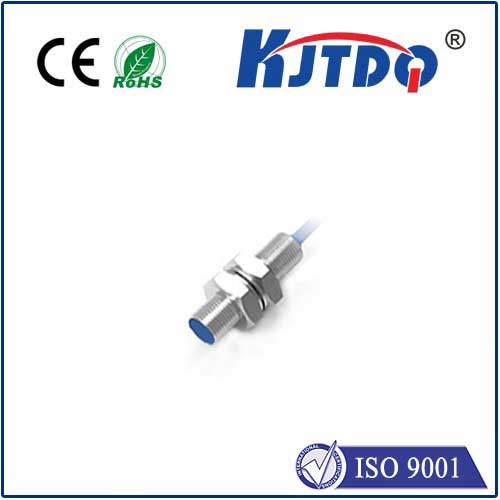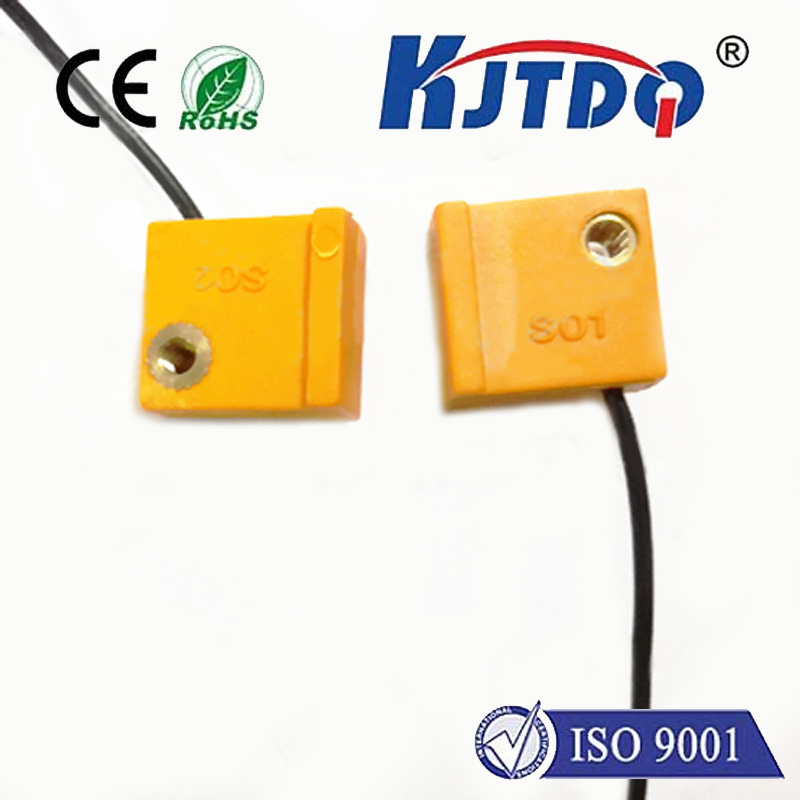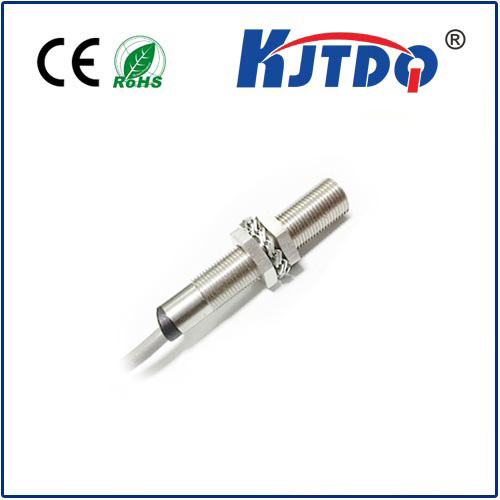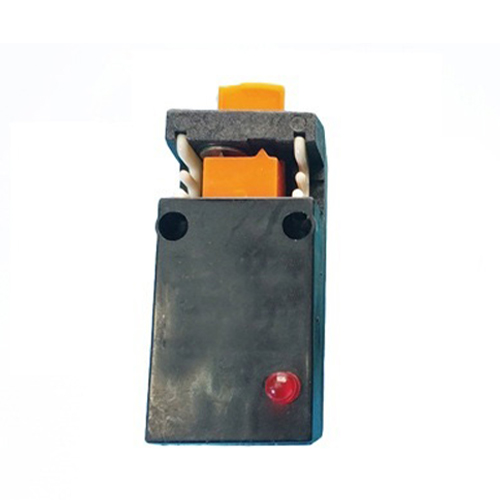

check

check

check

check
Understanding the Importance of a Mag Pickup Speed Sensor In the realm of automotive innovation, components that enhance vehicle performance and safety are of paramount importance. One such component is the mag pickup speed sensor, an unsung hero in modern car systems. This article delves into what a mag pickup speed sensor is, its significance, and how it functions within a vehicle.
A mag pickup speed sensor, also known as a magnetic pick-up sensor, is an electronic device used to monitor the speed of rotation of various components within a vehicle. It consists of a magnet mounted near a toothed wheel; as the wheel rotates, the teeth pass by the magnet, creating changes in the magnetic field. These changes generate an electrical signal that is directly proportional to the speed at which the teeth are passing by per unit of time.
The role of the mag pickup speed sensor should not be underestimated as it plays a critical part in several vehicle operations:
Engine Management System: By gauging the rotational speed of the crankshaft or distributor shaft, the mag pickup speed sensor provides essential data to the engine control unit (ECU). This information is vital for optimal fuel injection timing, ignition timing, and overall engine performance.

Anti-lock Braking System (ABS): In the ABS system, the mag pickup speed sensor monitors the speed of each individual wheel. If it detects that a wheel is about to lock up during braking, it sends a signal to the ABS control module to modulate the brake pressure, preventing skidding and maintaining vehicle control.
Traction Control Systems (TCS): Mag pickup speed sensors contribute to traction control systems by detecting differences in wheel speed across the axles, which can indicate loss of traction. This data aids the TCS in adjusting engine power and applying brakes to specific wheels to improve traction.
Automatic Transmission Control: These sensors help determine the correct gear shift points by monitoring the speed of the output shaft from the transmission, ensuring smooth and efficient gear transitions.
Tachometer Operation: For drivers who love to have complete control over their vehicle’s performance, the mag pickup speed sensor provides the input necessary for an accurate tachometer reading, which displays engine RPMs.
At its core, the operation of a mag pickup speed sensor is relatively straightforward yet highly effective:
Magnetic Field Disturbance: As mentioned earlier, the passing of teeth near the magnet causes disruptions in the magnetic field.
Electrical Signal Generation: These disturbances induce an alternating current (AC) voltage in a coil wound around the sensor’s casing.
Signal Processing: The AC voltage is then converted into a square wave signal through shaping circuits within the sensor. This digital signal is easily interpreted by the vehicle’s computers.
Data Transmission: The finalized signal is transmitted to the relevant control units—be it the ECU for engine management, the ABS module, or any other system requiring speed data. In conclusion, while the mag pickup speed sensor may seem like a minor detail amidst the multitude of high-tech gadgetry in modern vehicles, its impact on automotive functionality and safety is profound. By providing precise speed measurements to various critical systems, it ensures that everything from your drivetrain to your braking system operates with peak efficiency. Next time you rev your engine or come to a sudden stop, take a moment to appreciate the discreet but mighty role of the mag pickup speed sensor in your vehicle’s performance.
